
Investigation of Linear Function
by
Molade Osibodu

Investigation of Linear Function
by
Molade Osibodu
(1) Assume f(x) and g(x) are linear functions where : f(x) = 10x + 2
g(x) = 5x - 6
We will investigate the function above using the following equations:
(i) h(x) = f(x) + g(x)
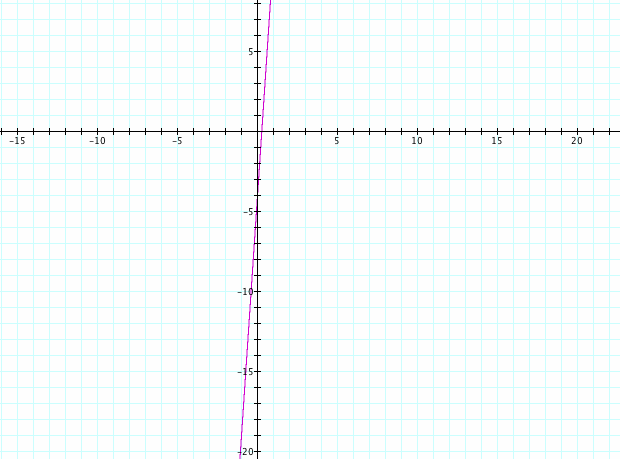
Graph of f(x) + g(x)
This graph illustrastes a straight line with an intersection at y-intercept (0, - 4)
(ii) h(x) = f(x) * g(x)

Graph of f(x) * g(x)
The product of two linear functions is a quadratic function. Therefore, the graph is going to be a parabola
(iii) h(x) = f(x) / g(x)
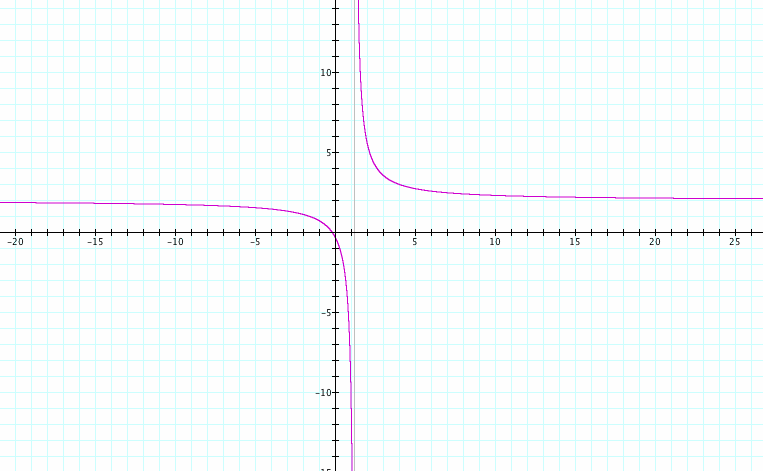
Graph of f(x) / g(x)
The division of two linear function produces an inverse function
(iv) h(x) = f(g(x))
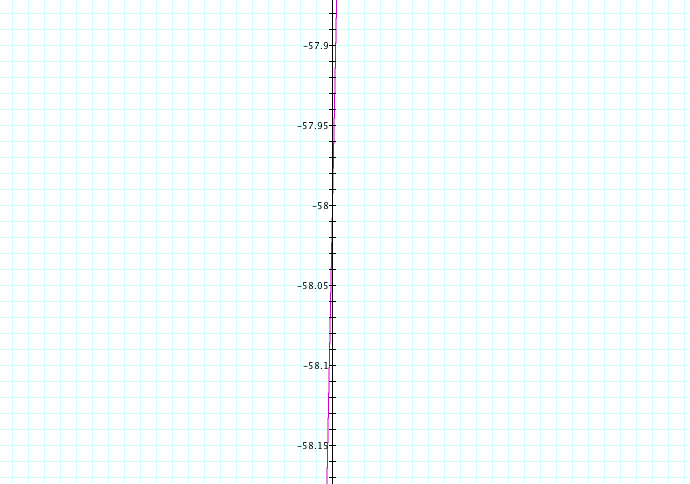
Graph of f(g(x))
The composition of two linear functions results in a single straight line with a y-intercept
(2) Assume f(x) and g(x) are linear functions where : f(x) = 10x - 5
g(x) = 3x - 2
We will investigate the function above using the following equations:
(i) h(x) = f(x) + g(x)
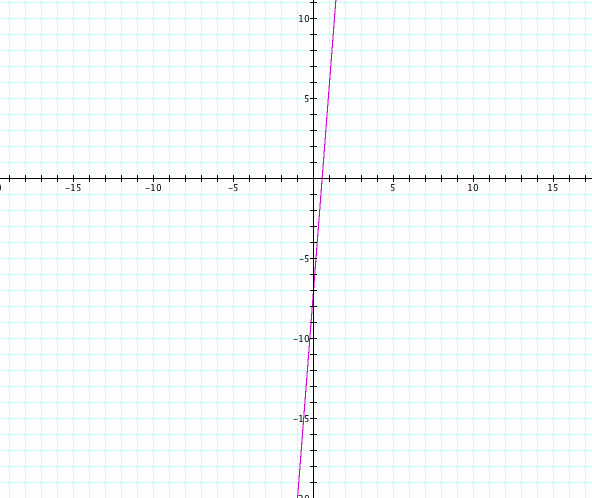
Graph of f(x) + g(x)
This graph illustrastes a straight line with an intersection a y-intercept (0, - 4)
(ii) h(x) = f(x) * g(x)
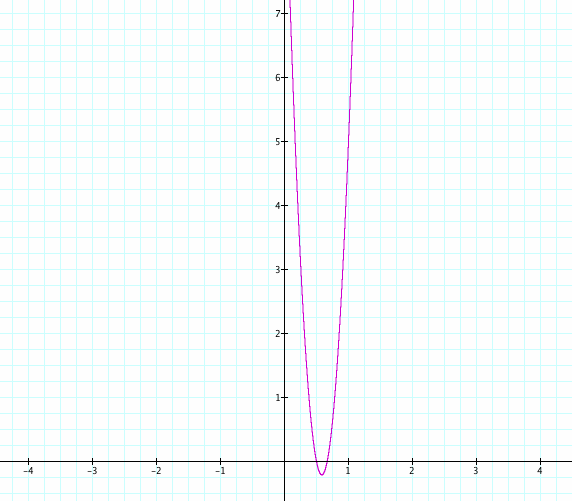
Graph of f(x) * g(x)
The product of two linear functions is a quadratic function. Therefore, the graph is going to be a parabola as shown in the graph above
(iii) h(x) = f(x) / g(x)

Graph of f(x) / g(x)
The division of two linear function produces an inverse function
(iv) h(x) = f(g(x))

Graph of f(g(x))
The composition of two linear functions as stated previously, results in a single straight line with a y-intercept (0, - 25)
Conclusion
From the above examples, we see the patterns that occur when graphing linear functions. The algebraic proofs are shown.
- The addition or composition of two linear functions would result in a straight line graph.
Proof:
Given two linear functions f(x) = ax + b and g(x) = cx + d.
Then f(x) + g(x) = ax +b + cx + d = (a+c)x + (b+d). Thus, it results in a linear function with a slope a+c and y-intercept at b+d
- The multiplication of two linear functions, is going to become a quadratic function and the graph would be a parabola.
Proof:
Given two linear functions f(x) = ax + b and g(x) = cx + d.
Then f(x) * g(x) = (ax +b) (cx + d) = acx^2 + adx + bcx + bd = acx^2 + (ad+bc)x + bd. Thus, it results in a quadratic equation.
- The composition of two linear functions as stated previously, results in a single straight line
Proof:
Given two linear functions f(x) = ax + b and g(x) = cx + d.
Then f(g(x)) = a(cx+d) + b = acx + ad + b which is a linear function with slope ac.
g(f(x)) = c(ax+b) + d = acx + bc + b which also has slope ac meaning f(g(x)) and g(f(x)) are parallel.